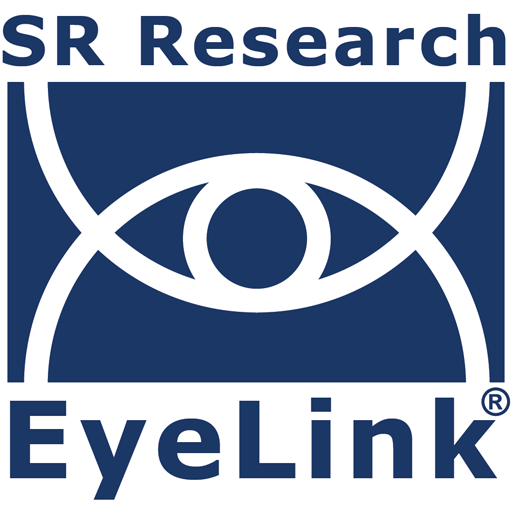CASE STUDY: Prefrontal Cortex Activity and Functional Organisation in Dual-Task Ocular Pursuit

Synchronizing eye tracking with other biometric recordings is an increasingly popular research strategy. In their recent paper “Prefrontal cortex activity and functional organisation in dual-task ocular pursuit is affected by concurrent upper limb movement,” by Borot, Ogden, and Bennett (2024) combined eye tracking with fNIRS to investigate the intricate relationship between ocular pursuit, cognitive load, and the involvement of the prefrontal cortex (PFC). The central research question explores how concurrent upper limb movement influences prefrontal cortex activity and functional organization during a dual-task ocular pursuit protocol, specifically when participants are simultaneously performing a prediction motion task and a change-detection task.
fNIRS and Eye Tracking Dual-Task Ocular Pursuit Methodology
The study employed a novel dual-task pursuit protocol, combining video-oculography for eye-tracking with functional Near InfraRed Spectroscopy (fNIRS) to measure prefrontal cortex activity. Participants were tasked with pursuing a moving object, which underwent periods of occlusion, while also performing a secondary change-detection task (visual-spatial or color working memory). Eye movements were recorded with an SR Research EyeLink 1000 eye tracker.
A key manipulation was the tracking condition: participants either pursued the object with eyes alone (ocular condition, OC) or with eyes and concurrent right upper limb movement (oculo-manual condition, OM). This design allowed the researchers to examine the influence of additional afferent and efferent signals from upper limb movement on both behavioral measures (judgment accuracy, response time, eye velocity) and neuroimaging measures (PFC activity and network organization). The use of fNIRS enabled the measurement of oxyhemoglobin (O₂Hb) and deoxyhemoglobin (HHb) changes in the dorsolateral prefrontal cortex (DLPFC) and medial prefrontal cortex (MPFC), providing insights into localized brain activity.
Increasing Cognitive Demands Influences Prefrontal Cortex Activity
The study yielded several significant findings:
- Behavioral Measures:
- Change-detection accuracy was highest for the control stimulus array and lower for form and color changes.
- Eye velocity decreased during object occlusion, as expected.
- Oculo-manual tracking showed a facilitatory effect on eye velocity for the Form stimulus array, but the overall facilitatory effect on smooth eye movement was less pronounced than anticipated.
- No significant difference in judgment accuracy for either the primary or secondary tasks was found between the ocular and oculo-manual tracking conditions.
- Neuroimaging Measures:
- Left DLPFC activity (mean O₂Hb) was higher for the color stimulus array, indicating increased demand on working memory.
- Left MPFC showed lower mean O₂Hb in the oculo-manual than ocular tracking condition, suggesting that extra-retinal signals from the upper limb might reduce the cognitive cost for MPFC.
- PFC network organization (global and local efficiency) was found to be more efficient in the oculo-manual tracking condition.
The findings highlight that prefrontal cortex activity and its functional organization are significantly influenced by increased cognitive demands during dual-task ocular pursuit. The study demonstrates that concurrent upper limb movement, while not always leading to overt behavioral improvements in judgment accuracy for both tasks, does impact the underlying neural processes, particularly in the left MPFC and the overall PFC network efficiency. The increased efficiency in oculo-manual tracking suggests a more optimized brain function when multiple sources of information and tasks are processed simultaneously, even if behavioral output doesn’t always reflect this immediately.
Precise measurements of eye velocity and gaze behavior were fundamental to understanding how participants interact with moving stimuli and how their ocular responses change under different cognitive loads and conditions. The eye-tracking data, when combined with fNIRS, provided a comprehensive view of the cognitive and neural mechanisms at play, revealing subtle influences of motor signals on brain activity that might not have been apparent from behavioral data alone.
For information regarding how eye tracking can help your research, check out our solutions and product pages or contact us. We are happy to help!
